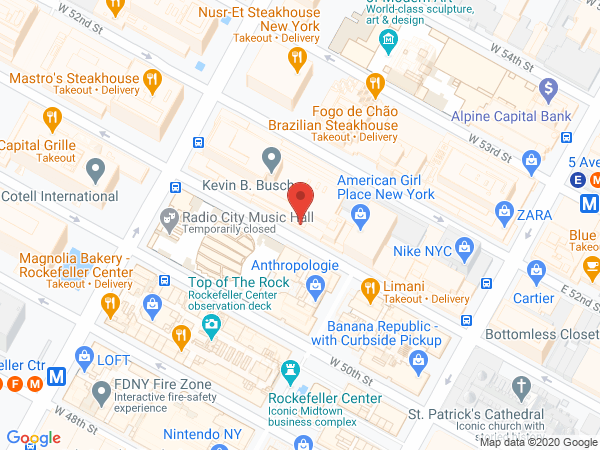Barbotage
A Minimally Invasive Treatment for Calcium Deposits on Tendons
Make an Appointment
Request an appointment with a musculoskeletal radiologist by phone or online. View our locations.
When calcium builds up on a tendon—the strong tissue that connects the muscle to the bone—it sometimes causes pain. Doctors call this condition calcific tendinitis.
Barbotage is an effective treatment in which musculoskeletal radiologists use imaging techniques to view the calcium deposits and break them up with a needle, allowing them to be absorbed into your body.
Our musculoskeletal radiologists use ultrasound to deliver treatment directly to the area where you are having pain. We perform hundreds of image-guided procedures each year to provide relief for calcific tendinitis and many other conditions. If you have calcific tendinitis that is causing pain, you can talk to your doctor about whether barbotage is right for you.
What to Expect From a Barbotage Procedure
We use ultrasound to diagnose and treat calcium deposits on the tendons. Studies have shown that people experience good or excellent results from barbotage. The procedure involves a local anesthetic and very little recovery time.
What will happen during the procedure?
When you arrive at our office, you will be escorted to our procedure room. We will clean the area of the body that will receive the injection and apply a numbing medicine. We will then apply a small amount of warm gel to the area. The sonographer will glide the ultrasound transducer (wand) over your skin to capture images of the tendon.
Using these images, our radiologist will pinpoint the location of the calcium deposit. We will then insert a needle and move it, breaking up the calcium into little pieces. You may feel some pressure or discomfort.
Calcium deposits can be very hard or as soft as toothpaste. If your deposits are soft enough to remove, we will flush the area out with a saline solution. This fluid is injected and then suctioned out, bringing some of the calcium with it.
Finally, we will inject a small amount of steroid medication to help reduce inflammation. The procedure takes about thirty minutes.
Are there any risks?
Barbotage is a safe procedure that uses ultrasound, which creates images without radiation. There is a very small risk of infection or bleeding.
After the procedure
You will feel some soreness when the anesthetic wears off. Some people feel discomfort for the first few days. This is normal and is caused by the body's process of absorbing the calcium.
- You may take acetaminophen (Tylenol) for the pain. You should not take anti-inflammatory medications, because they prevent your body from breaking up the calcium.
- You may elevate and ice the area of the body that was treated to reduce swelling.
- You should not lift anything heavier than two pounds for at least two weeks.
- We will schedule a follow up appointment three weeks after the procedure.
